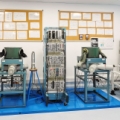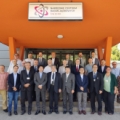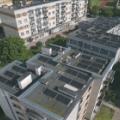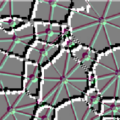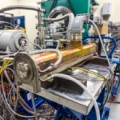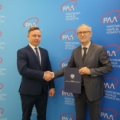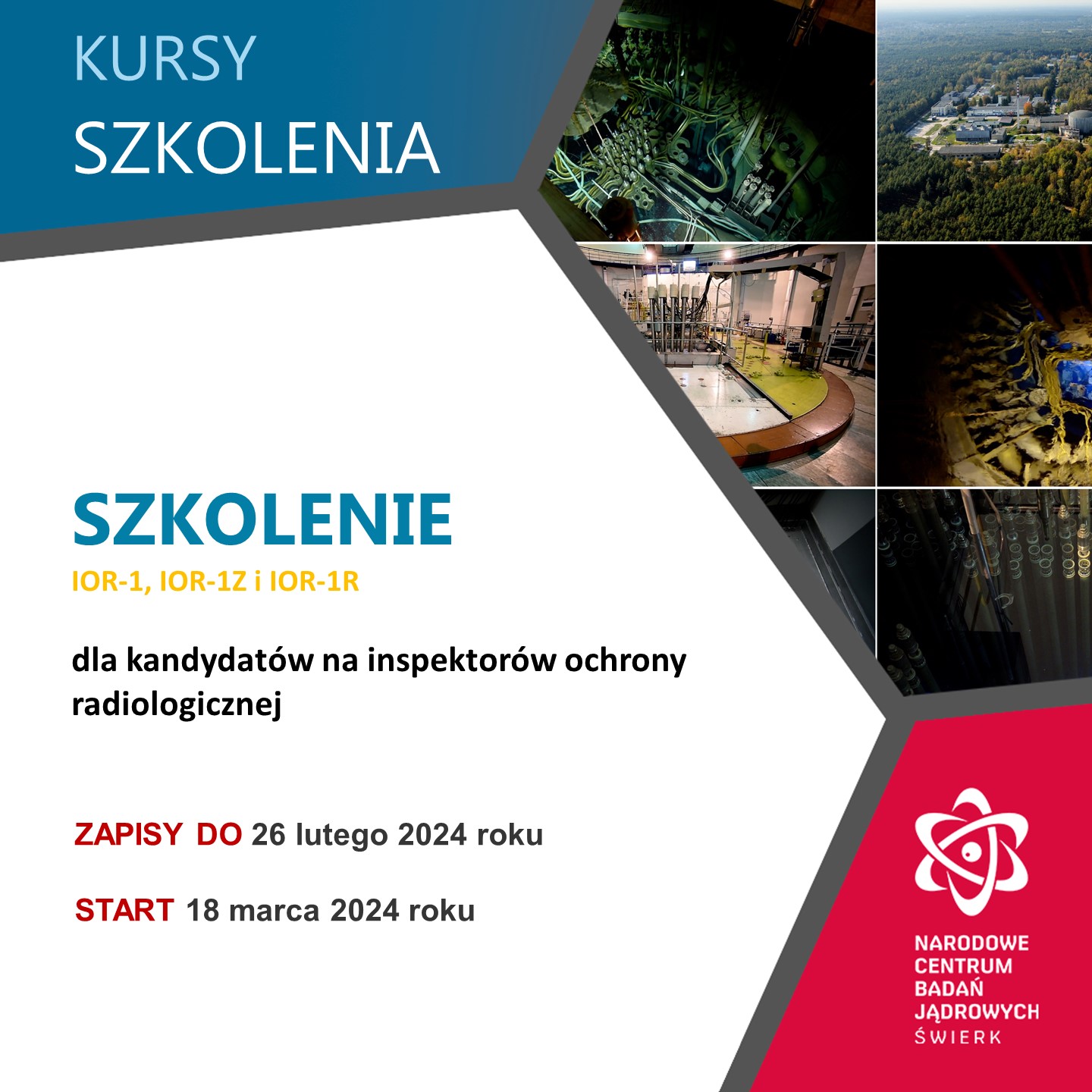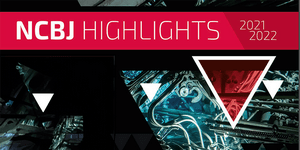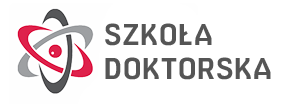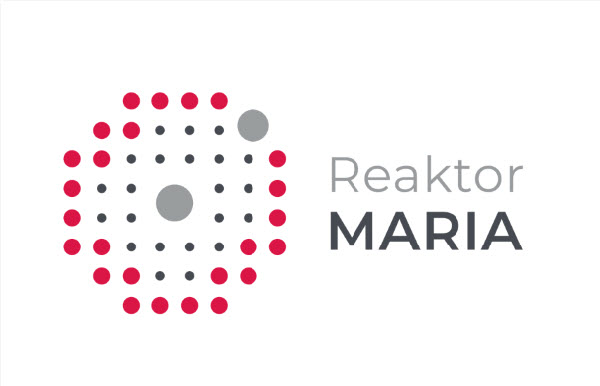Appropriate amino acids can improve the effectiveness of therapy for hard-to-reach cancers
2023.09.20 - Piotr Spinalski
In the study, the results of which have just been published in the journal "Molecules", scientists have shown that exposing non-small cell lung cancer cells to appropriately selected amino acids can increase the effectiveness of radiotherapy based on local emission of alpha radiation by neutron-activated boron. The so-called BNCT therapy is mainly used to treat particularly sensitive organs, e.g. the brain. The first author of the work is a doctoral student of RadFarm studies conducted at NCBJ.
----
NCBJ scientists study the structure of materials using a new microscope
2023.09.18 - Piotr Spinalski
Material Research Lab and NOMATEN Centre of Excellence study and test, among other things, structural materials and their combinations, using modern, specialised analysis equipment. The laboratories’ research infrastructure now includes a recently launched transmission electron microscope.
----
Galactic outflows drive the evolution of dwarf galaxies
2023.09.06 - Piotr Spinalski
Stellar feedback is expected to play a key role in regulating the evolution of low-mass galaxies by producing galactic-scale winds (also known as outflows) that push the gas away from the interstellar medium, eventually preventing from the formation of new stars. In this respect, an international team of astronomers led by NCBJ scientist, have published a work on the Astronomy & Astrophysics journal addressing the impact of galactic outflows on the baryonic cycle of nearby dwarf galaxies.
----
The laboratory at NCBJ, which is a real "standard"
2023.09.04 - Piotr Spinalski
The Radioactivity Standards Laboratory (LWR) is part of the POLATOM Radioisotope Center operating at NCBJ. Laboratory employees deal with, among others: control the activity and level of radioactive contamination of radiochemical preparations and radiopharmaceuticals produced in OR POLATOM, and also conduct scientific and research work. The latest published results concern precise measurements of the activity of 177Lu and 225Ac solutions and the half-life of these radionuclides.
----
The next stage of cooperation between NCBJ and JAEA on the HTGR-POLA reactor project
2023.08.25 - Piotr Spinalski
On August 21-23, 2023, a meeting was held at NCBJ as part of work on the preparation of the research project for the HTGR-POLA high-temperature gas-cooled reactor. This was the next stage of reviewing the documentation provided by JAEA under the cooperation contract in preparing the design of this reactor.
----
The first collective prosumer in Poland is already operational!
2023.08.03 - Agnieszka Ślązak
In recent years, the popularity of individual energy production using renewable energy sources has been growing rapidly. At the beginning of July this year, the first collective prosumer in Poland began operating. This was made possible by cooperation in which the Interdisciplinary Department of Energy Analysis (IDEA), which is part of the National Center for Nuclear Research, participated.
----
Machine learning helps understand the behavior of magnesium alloys
2023.07.18 - Marek Pawłowski
Machine learning was used to map the distribution of dislocations in Mg alloys and predict their mechanical properties. A group of scientists from Finland, Spain, and NCBJ trained a deep learning model on a dataset of electron backscatter diffraction (EBSD) images of Mg alloys with different dislocation densities. This could lead to the development of novel materials with optimized mechanical properties. Their paper appeared in the July issue of Nature Scientific Reports.
----
NCBJ is building a station generating an ultra-high dose electron beam (FLASH)
2023.07.04 - Marek Pawłowski
At the NCBJ Nuclear Equipment Department, with the participation of the NCBJ Nuclear Equipment and Techniques Department, the accelerator structure for the new FLASH therapy research station was designed and built. The pioneer stand is to use the construction of the AQURE medical accelerator and is ultimately to operate at the WCO in Poznań.
----
PAA authorization – The first step of NCBJ to fulfill the role of TSO
2023.06.30 - Marek Pawłowski
NCBJ has been authorized by the National Atomic Energy Agency, which will allow the institute to support the activities of the Agency’s President in the field of safety of nuclear power plants and nuclear physics in practical applications. At the current stage, these tasks will be primarily related to the processes of licensing future power plants and supervision over their construction.
----







![Fig. 1: Artist’s illustration of galactic outflows. Star-formation activity can produce powerful winds (outflows) that could possibly carry the gas at very large distances, out in the intergalactic medium. The broad wings in the spectra of[CII] 158 μm lines are a clear signature of outflowing atomic gas. Credit: ESA/Hubble, ESO/L. Calçada, M. Romano. Fig. 1: Artist’s illustration of galactic outflows. Star-formation activity can produce powerful winds (outflows) that could possibly carry the gas at very large distances, out in the intergalactic medium. The broad wings in the spectra of[CII] 158 μm lines are a clear signature of outflowing atomic gas. Credit: ESA/Hubble, ESO/L. Calçada, M. Romano.](https://old.ncbj.gov.pl/sites/default/files/styles/medium/public/field/image/press_image_en.png?itok=O31nkwyn)
